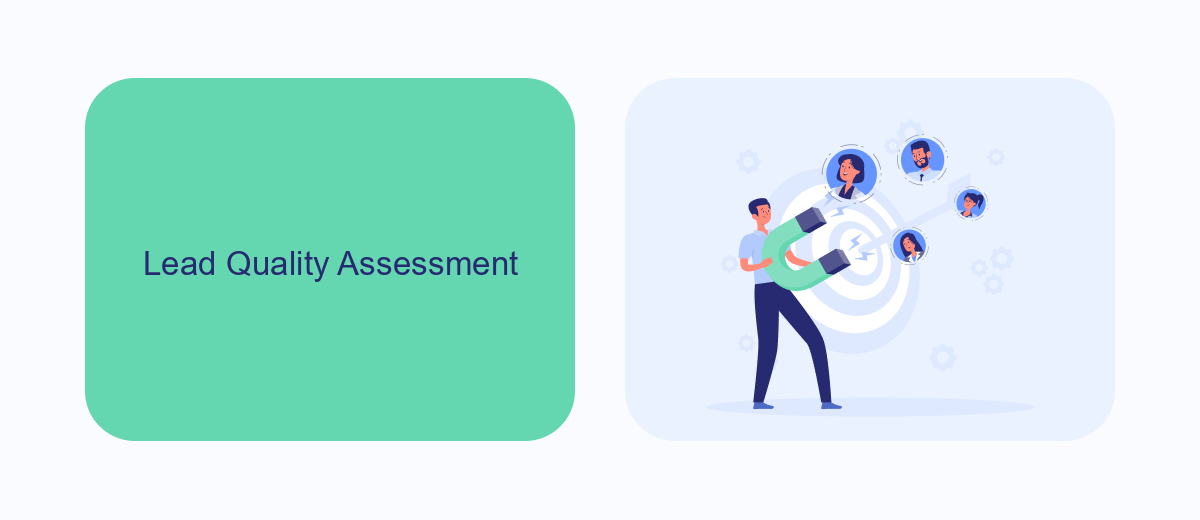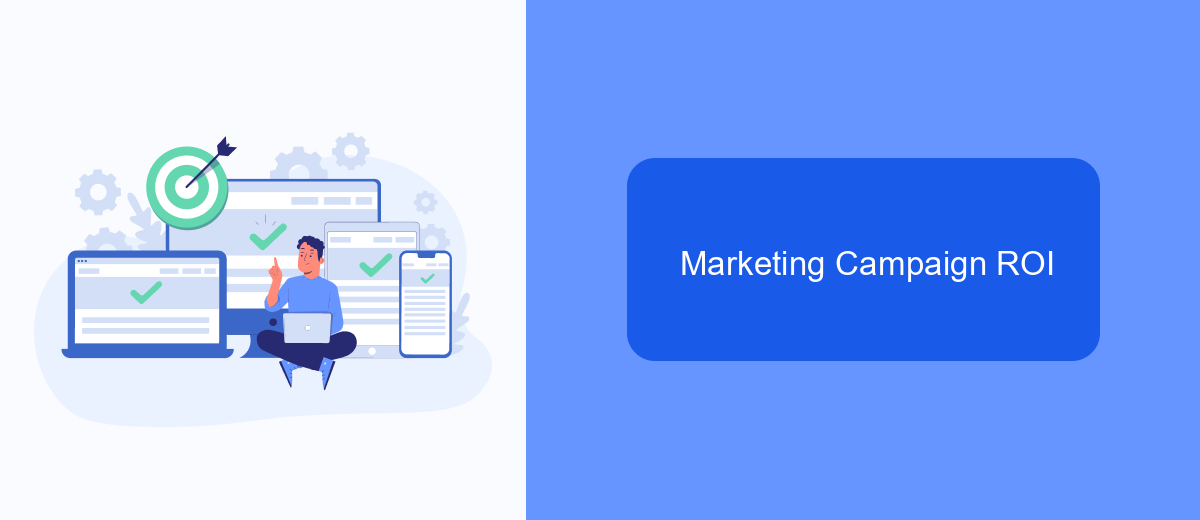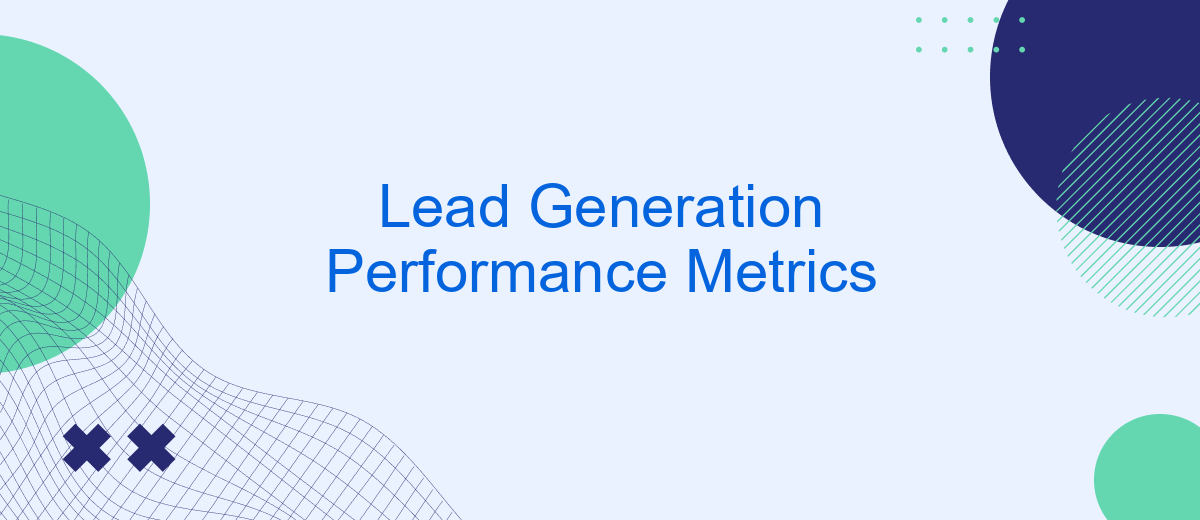Lead generation is a crucial aspect of any successful marketing strategy, but how do you measure its effectiveness? Understanding and analyzing lead generation performance metrics can provide valuable insights into the efficiency of your campaigns. In this article, we will explore key performance indicators (KPIs) that can help you optimize your lead generation efforts and achieve better results.
Lead Volume and Velocity
Lead volume and velocity are critical metrics in assessing the effectiveness of your lead generation strategy. Lead volume refers to the total number of leads generated over a specific period, while lead velocity measures the speed at which these leads move through the sales funnel.
- Lead Volume: Tracks the total number of leads generated.
- Lead Velocity: Measures the speed of lead progression through the sales funnel.
- Conversion Rate: Percentage of leads that convert to customers.
- Time to Conversion: Average time taken for a lead to become a customer.
Utilizing tools like SaveMyLeads can streamline the integration of various lead sources, ensuring that your lead volume and velocity metrics are accurately tracked and optimized. By automating data flow between platforms, you can focus on refining your strategy and improving overall performance.
Lead Quality Assessment

Lead quality assessment is crucial for determining the effectiveness of your lead generation strategies. High-quality leads are more likely to convert into paying customers, making it essential to evaluate leads based on their engagement, fit, and potential value. Key metrics for assessing lead quality include lead scoring, which assigns a numerical value to each lead based on their behavior and demographics, and conversion rates, which measure the percentage of leads that become customers. By analyzing these metrics, businesses can prioritize high-quality leads and allocate resources more effectively.
Integrating lead quality assessment tools with your CRM can streamline the process and provide real-time insights. Services like SaveMyLeads offer seamless integration with various platforms, enabling automated lead scoring and data synchronization. This ensures that your sales team has access to the most up-to-date information, allowing for more informed decision-making. By leveraging such tools, businesses can enhance their lead generation efforts, improve conversion rates, and ultimately drive revenue growth.
Sales Funnel Contribution

The Sales Funnel Contribution metric is crucial for understanding how effectively your lead generation strategies are converting prospects into customers. This metric helps identify which stages of the sales funnel are performing well and which need improvement.
- Top of the Funnel (TOFU): Measures the effectiveness of attracting potential leads through various marketing channels.
- Middle of the Funnel (MOFU): Evaluates the engagement and nurturing efforts to move leads closer to a purchasing decision.
- Bottom of the Funnel (BOFU): Assesses the conversion rate of leads into paying customers.
To optimize the Sales Funnel Contribution, integrating your lead generation tools with CRM systems is essential. Services like SaveMyLeads can automate data transfer between your marketing platforms and CRM, ensuring seamless lead management and accurate tracking of funnel performance. By leveraging such integrations, you can gain deeper insights and make data-driven decisions to enhance each stage of your sales funnel.
Marketing Campaign ROI

Calculating the ROI of your marketing campaigns is crucial for understanding their effectiveness and optimizing future strategies. By measuring the return on investment, you can determine which campaigns are generating the most leads and revenue, allowing for better allocation of resources.
To accurately measure ROI, it's important to track all associated costs and revenues. This includes not only direct expenses like ad spend and software subscriptions but also indirect costs such as labor and overhead. By having a comprehensive view of your investments, you can make more informed decisions.
- Track all campaign expenses, including ad spend, software, and labor.
- Measure revenue generated from each campaign.
- Calculate ROI using the formula: (Revenue - Cost) / Cost * 100.
- Analyze the data to identify high-performing campaigns.
Integrating your marketing tools can streamline the process of tracking and analyzing ROI. Services like SaveMyLeads can automate data collection and integration, providing you with real-time insights and reducing the manual effort required. By leveraging such tools, you can focus more on strategy and less on data management.


Competitive Benchmarking
Competitive benchmarking is a crucial aspect of evaluating lead generation performance metrics. By comparing your metrics against industry standards and competitors, you can identify areas of improvement and set realistic targets. This process involves analyzing key performance indicators (KPIs) such as conversion rates, cost per lead, and lead quality. Understanding where your organization stands in relation to others can provide valuable insights and drive strategic decisions to enhance your lead generation efforts.
To streamline this benchmarking process, consider integrating tools like SaveMyLeads, which can automate data collection and analysis. SaveMyLeads allows for seamless integration with various CRM systems and marketing platforms, ensuring that you have accurate and up-to-date information. By leveraging such tools, you can efficiently monitor your performance against competitors and make data-driven adjustments to your lead generation strategies. This not only saves time but also enhances the precision of your benchmarking efforts, ultimately leading to more effective lead generation campaigns.
FAQ
What are the key metrics to track in lead generation performance?
How can I improve my lead conversion rate?
What is a good Cost per Lead (CPL)?
How do I measure lead quality?
How can I automate lead generation and tracking?
Would you like your employees to receive real-time data on new Facebook leads, and automatically send a welcome email or SMS to users who have responded to your social media ad? All this and more can be implemented using the SaveMyLeads system. Connect the necessary services to your Facebook advertising account and automate data transfer and routine work. Let your employees focus on what really matters, rather than wasting time manually transferring data or sending out template emails.
